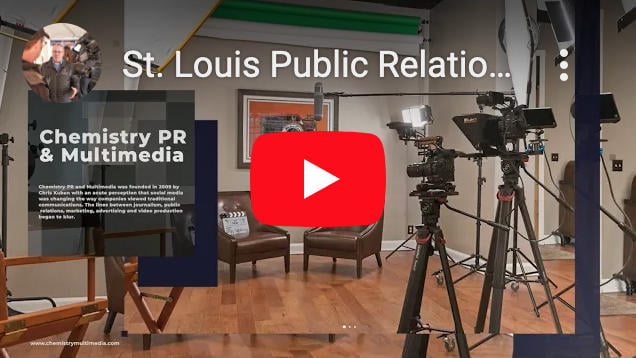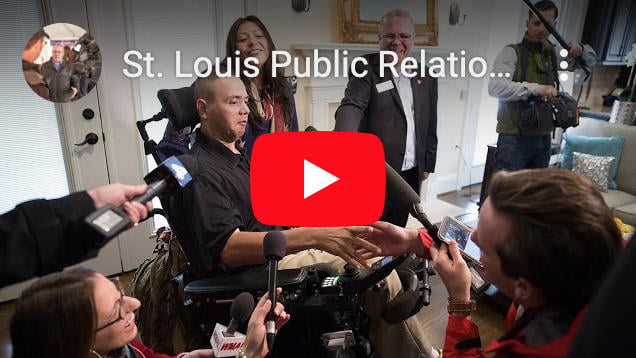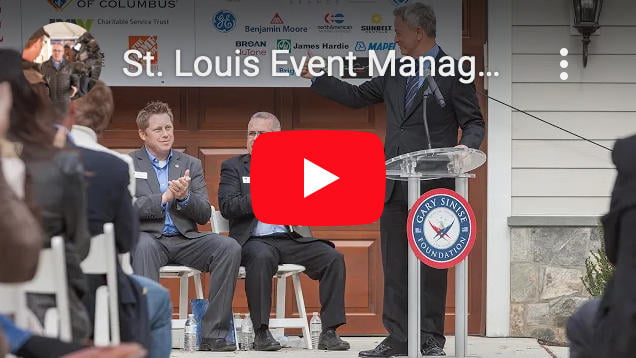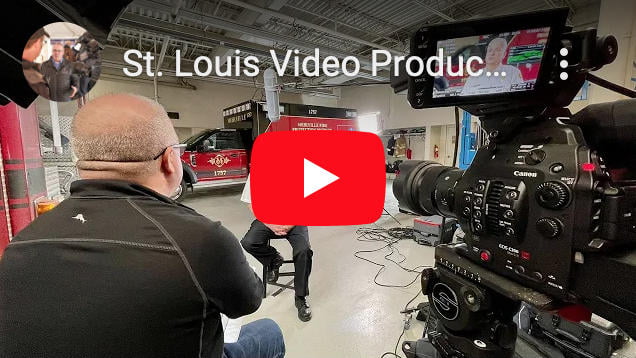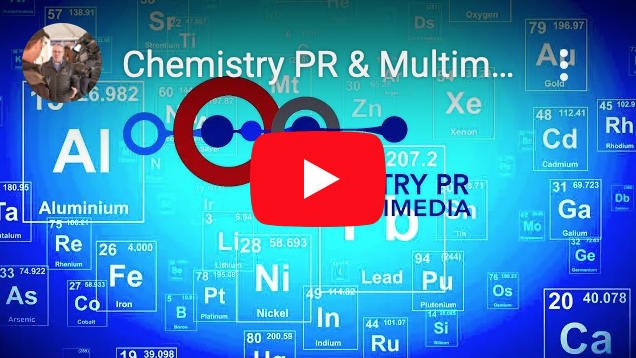Media Advisory vs. Press Release
Have you ever wondered what’s the different between a Media Advisory vs. Press Release? In our most recent blog, How to Write a Press Release, we elaborated on the essential make-up of a press release. In this blog, we’re going to dive into giving you a side by side comparison of when to use a media advisory vs. a press release.
The key differences are the purpose, composition and timing. Knowing these differences will go a long way toward building credibility for you as the PR professional and getting the media attention your client’s story featured. Issuing a media advisory is a technique used in public relations for generating media contacts and ultimately turning an event, a press conference, or an announcement into a news story. The true purpose and the make-up of a Media Advisory are different than a Press Release and in this blog you will get a glimpse to understanding the key differences.
Purpose
A Media Advisory is used to make the media aware of an upcoming event. It is an exclusive invitation with just the most important details. Typically, it’s used to inform the media of something newsworthy, and, is only released to members of the media. The Media Advisory document is typically not intended for publication to anyone outside of the media. Like any other invitation, the advisory is subject to declination. The media receiving an advisory will decide if they should attend the event or inquire further as to the potential newsworthiness of that event. If accepted, they will proceed with appropriate research and a plan of action prior to the event date.
A Press Release is used to give media, and others, more details about the organization and how it relates to an event such as a product introduction, presentation or anything presumed newsworthy. A press Release is sent to media, but can also be posted to forums and platforms for others to see. A press release can be issued to media even after an event…more on this when I discuss the timing of our tools.
For the PR representative, the goal of the press release is to spark the interest of the media and motivate them to feature the story while giving extra details such as specific quotes form key people.
Composition
The content in a media advisory and a press release are basically the same. They take on the same basic form and contain the same basic information. The 5W’s and the H of the news are included in both, when well-written. While both documents share the same basic elements, there are some fundamental differences I’ll point out here…
A media advisory is a one-page document and is an abbreviated form of press release. It will be set up on the page using the same format; Contact information, Headline, Dateline, Introduction…and so on. An advisory will contain less detail and almost no commentary – it’s the facts and only the facts of the event.
A press release will contain additional details about the event or business, and will include some media and other information to support the story or event being presented to the media. This document contains a lot more detail, and while most are not and should not be, some are published to social media and other online publications directly, usually unrevised and unedited. I spoke on that in the last blog so we will refrain from going there again.
Finally, media advisory and a press release will contain information about the company. The boilerplate section and the contact information is consistent to each and should always contain enough detail to make it easy for the media to obtain additional information if desired.
Timing
This is probably the one area that is most different about these two key tools to the Public Relations professional. I believe it is important to understand the timing of these documents and the frequency with which each is released. Yes, I did say frequency and that is because issuing these documents isn’t mutually a one-time occurrence.
Media Advisories are sent to media contacts well in advance of an announcement or event. They are usually, also sent to the media a second time, and sometimes more – again prior to the event. The subsequent issuances serve as reminders of the event. Timing means everything for the release of an advisory.
Press releases are sent at times appropriate to intent. Prior to an event, the media is given details intended to pique enough interest to feature it – television news, newspapers, radio spots, etc. They are also sent after an event as confirmation of the event to media outlets that received advisories prior to commencement. If sent after the event, be sure to include photos and/or video links for publication.
I hope the information shared here has helped clear up the differences between a Media Advisory and a Press Release. This will help you to better understand how to use both tools correctly.
More advice worth repeating – keep your goal in mind, keep your content in the proper form and double-check your work before you release. At Chemistry Multimedia, we are experienced professionals ready to help you take your business brand to the next level. For assistance with media releases, event management and planning, and much more call us today!




